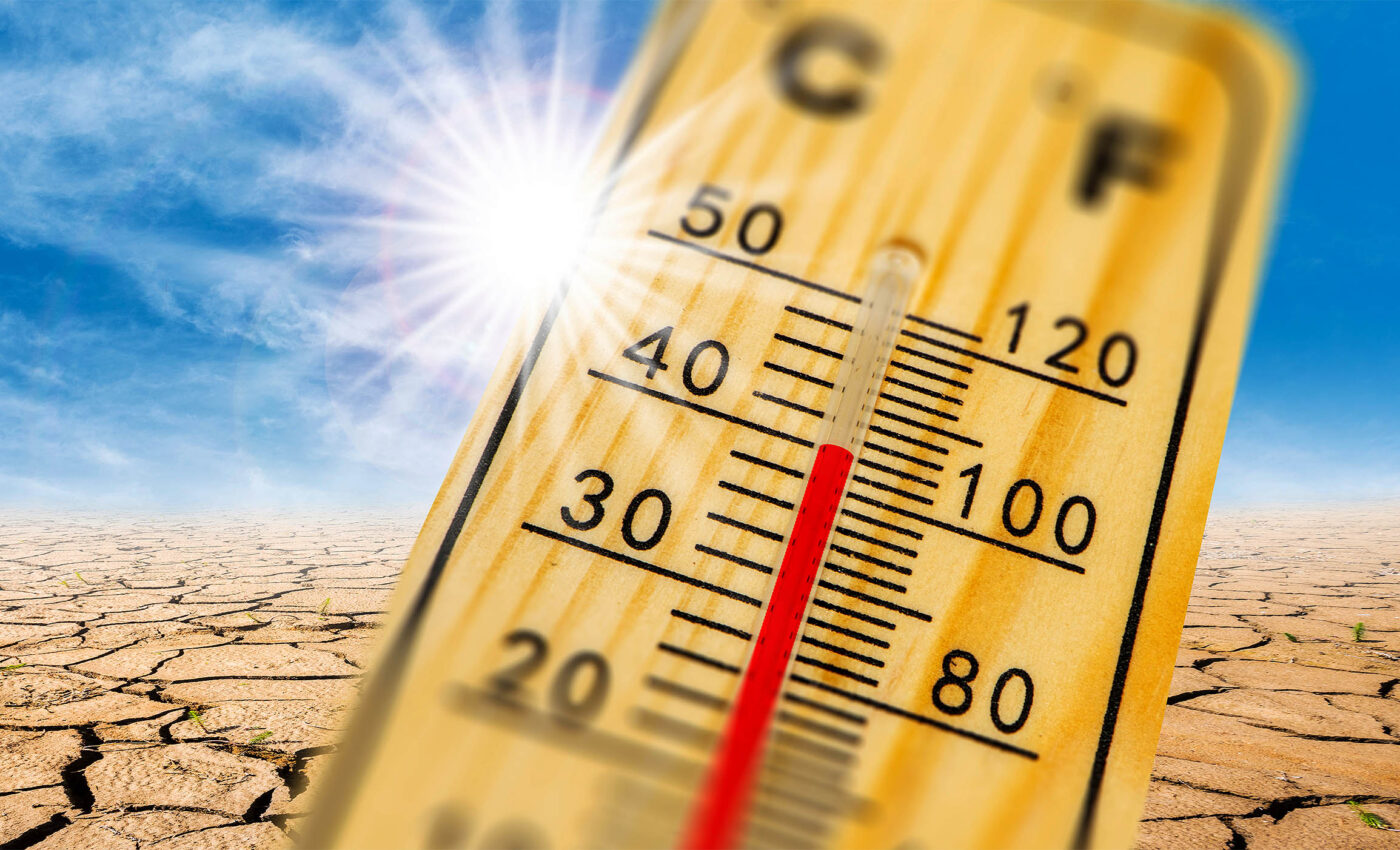
Scientists have a plan to slow down increasing global temperatures
In January 2024, global surface temperatures rose 1.5°C above the average, highlighting the alarming impact of climate change and nearing the limit set in the 2015 Paris Agreement.
This trend might seem like it’s too late to curb greenhouse gas emissions effectively.
However, a report from the Joint Global Change Research Institute (JGCRI) suggests that the world can still achieve its goal of limiting temperature rise to below 1.5°C.
This study, led by the Center for Global Sustainability at the University of Maryland, provides a clear roadmap for action.
Sectors related to global temperatures
The report outlines a scenario where major societal players collaborate to reduce greenhouse gas emissions, increase electrification, and protect forests.
The six key areas identified for policy implementation are power, transportation, buildings, industry, land use, and non-CO2 greenhouse gases like methane. By focusing on these sectors, nations can significantly cut global greenhouse gas emissions.
“These recommendations represent the biggest emissions reductions potential in the global economy,” said Michael Westphal, now Head of Science for the Intergovernmental Panel on Climate Change (IPCC). “Together, these recommendations make up the All-of-Society Climate Change Pathway.”
Reaching global temperature goal
Using the Global Change Analysis Model (GCAM), the researchers demonstrated how policies in these six sectors could help achieve the global temperature goal.
“GCAM is a powerful tool that brings together representations of the world’s energy, agriculture and land use, water, and climate systems,” said Gokul Iyer, a co-author of the report and senior Earth scientist at JGCRI.
If enacted today, these policies could reduce greenhouse gas emissions by 32% by 2030. Here’s how each sector could transform under the All-of-Society 1.5°C Climate Pathway:
Power consumption and global temperatures
Electricity powers our homes, businesses, devices, and vehicles.
Currently, fossil fuels like coal and natural gas generate most of this electricity. Although renewable energy sources like solar and wind are increasing, their deployment needs to accelerate.
In 2023, 60% of the total energy generated in the United States came from fossil fuels, with 21% from renewable sources.
To boost renewable energy, the researchers recommend updating power grids, setting ambitious clean energy goals, and retiring coal plants.
These actions could ensure that wind, solar, and other renewable sources account for 62% of global electricity generation by 2030.
Transportation
Transportation significantly contributes to greenhouse gas emissions through combustion-fueled vehicles.
In 2021, it was responsible for 28% of U.S. emissions and 14% globally. The researchers suggest investing in public transportation infrastructure and efficient city planning to increase access to buses and trains.
Incentives for adopting electric vehicles could also boost global sales to 51%.
Buildings
Buildings account for about 30% of U.S. greenhouse gas emissions due to direct emissions from gas heating and indirect emissions from electricity generation.
Globally, buildings contribute around 26% of emissions. Increasing electrification in buildings, using technologies like heat pumps, can significantly reduce these climate change-related emissions.
Local and regional jurisdictions could encourage energy-efficient technologies and provide subsidies for upgrades. Additionally, stricter energy efficiency codes could be implemented to further reduce emissions.
Industry
Industries like iron, steel, and cement production, as well as plastics and chemical manufacturing, contribute significantly to greenhouse gas emissions.
Emissions stem from fossil fuel use in both transportation and manufacturing processes.
National governments could invest in alternative fuels made from agricultural or municipal waste and set aggressive electrification and efficiency standards.
Such policies could reduce emissions from iron and steel by 50% and from aluminum by 36% by 2030.
Non-CO2 greenhouse gases
Methane, the second most abundant greenhouse gas, accounted for 12% of U.S. emissions in 2021. Although less prevalent than CO2, methane is far more efficient at trapping heat in the atmosphere, significantly contributing to climate change.
Human activities, including agriculture, livestock, coal mining, and natural gas system leaks, drive over half of global methane emissions that may result in temperature rise.
The report recommends better regulations for fossil fuel extraction and incentives like tax credits to reduce methane emissions.
Implementing these measures could decrease methane emissions by 30% by 2030, equivalent to 120 megatons.
Land use
Forests absorb billions of tons of CO2 annually, acting as crucial carbon sinks. At COP26 in 2021, 145 countries agreed to halt or reverse deforestation by 2030.
According to the All-of-Society Climate Pathway, reducing land use change emissions could contribute to 6% of total reductions by 2030.
National governments are encouraged to set ambitious deforestation reduction benchmarks and provide subsidies for climate-friendly land management.
Furthermore, investments in wildfire mitigation strategies are also essential to protect forests and communities.
Tackling rising global temperatures
The JGCRI report highlights that while the challenge of rising global temperatures due to climate change is immense, it is not insurmountable.
By implementing targeted policies across power, transportation, buildings, industry, non-CO2 greenhouse gases, and land use, nations can significantly reduce their greenhouse gas emissions and help achieve the global temperature goals set in the Paris Agreement.
The path to a sustainable future requires collective action, innovation, and commitment from all sectors of society.
—–
Like what you read? Subscribe to our newsletter for engaging articles, exclusive content, and the latest updates.
Check us out on EarthSnap, a free app brought to you by Eric Ralls and Earth.com.
—–













